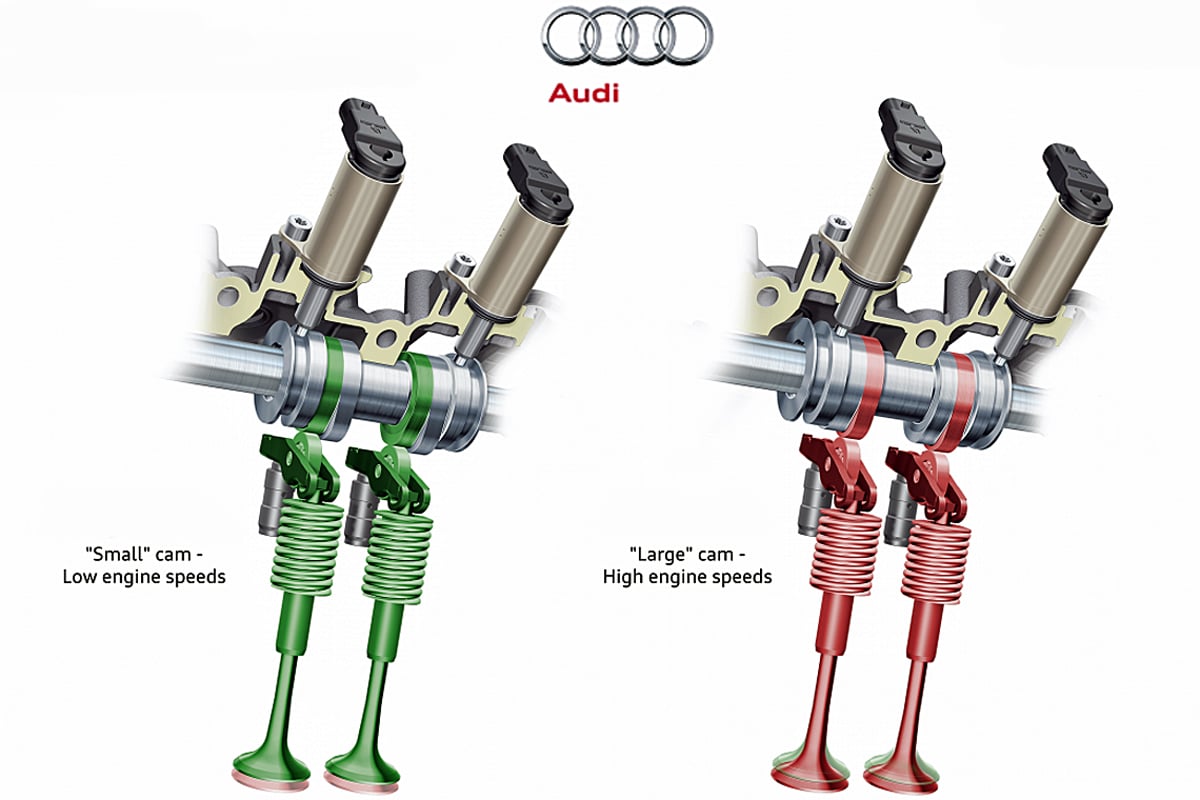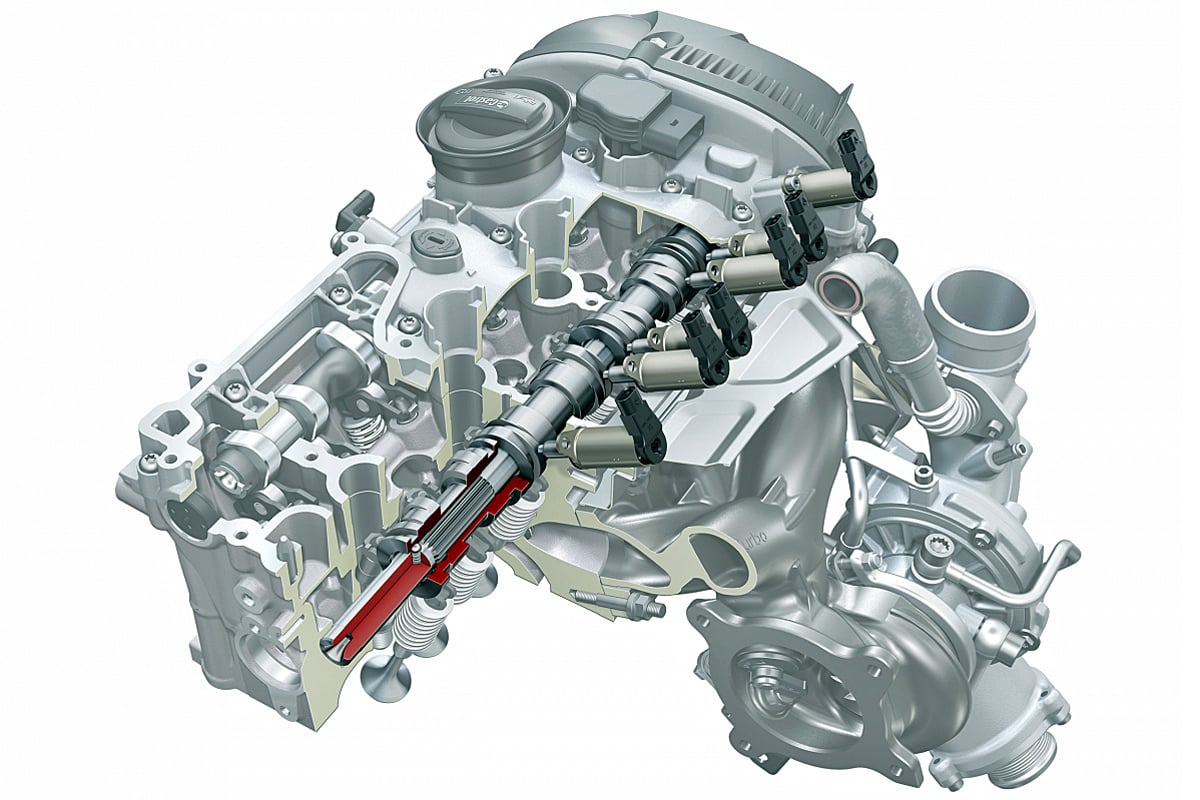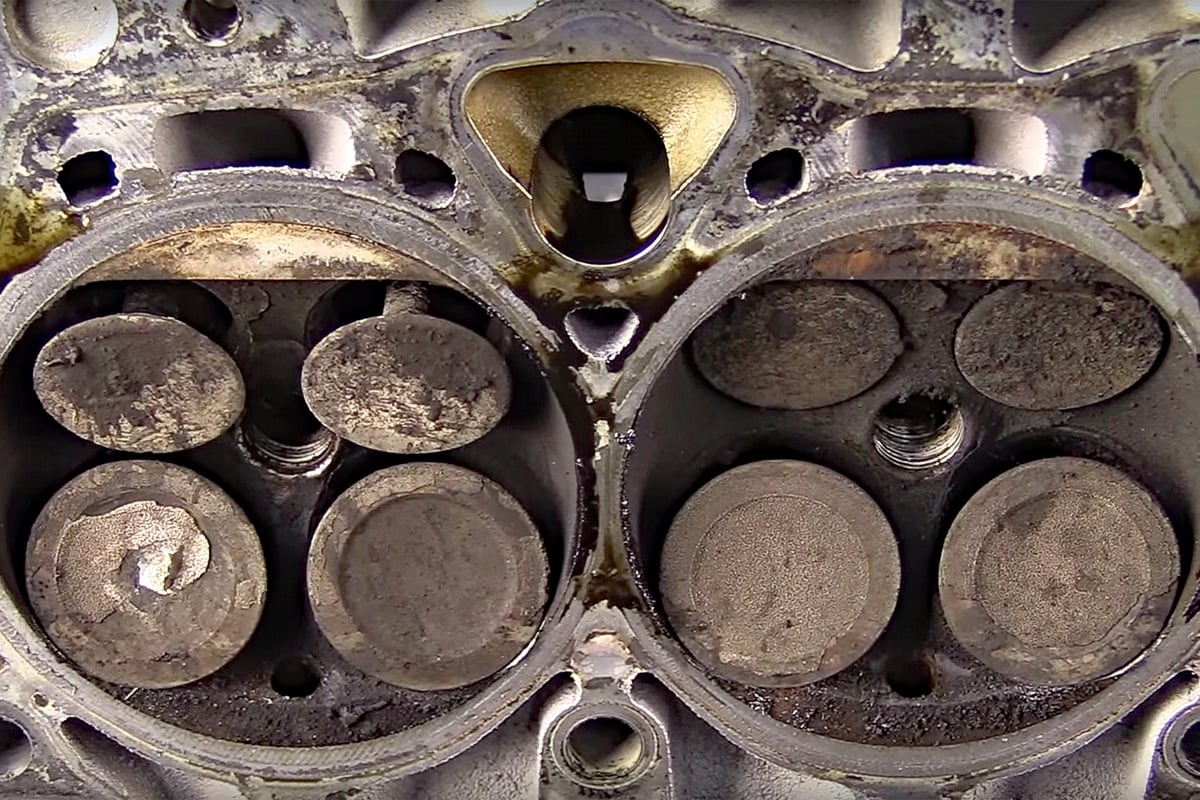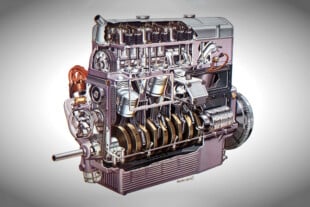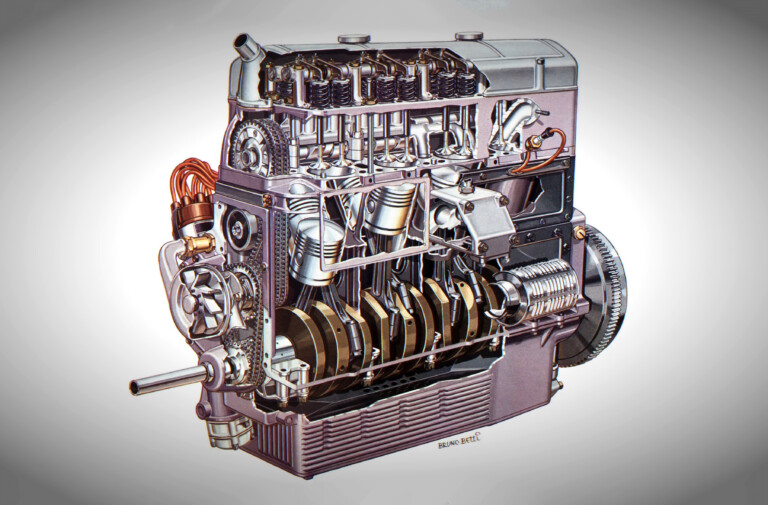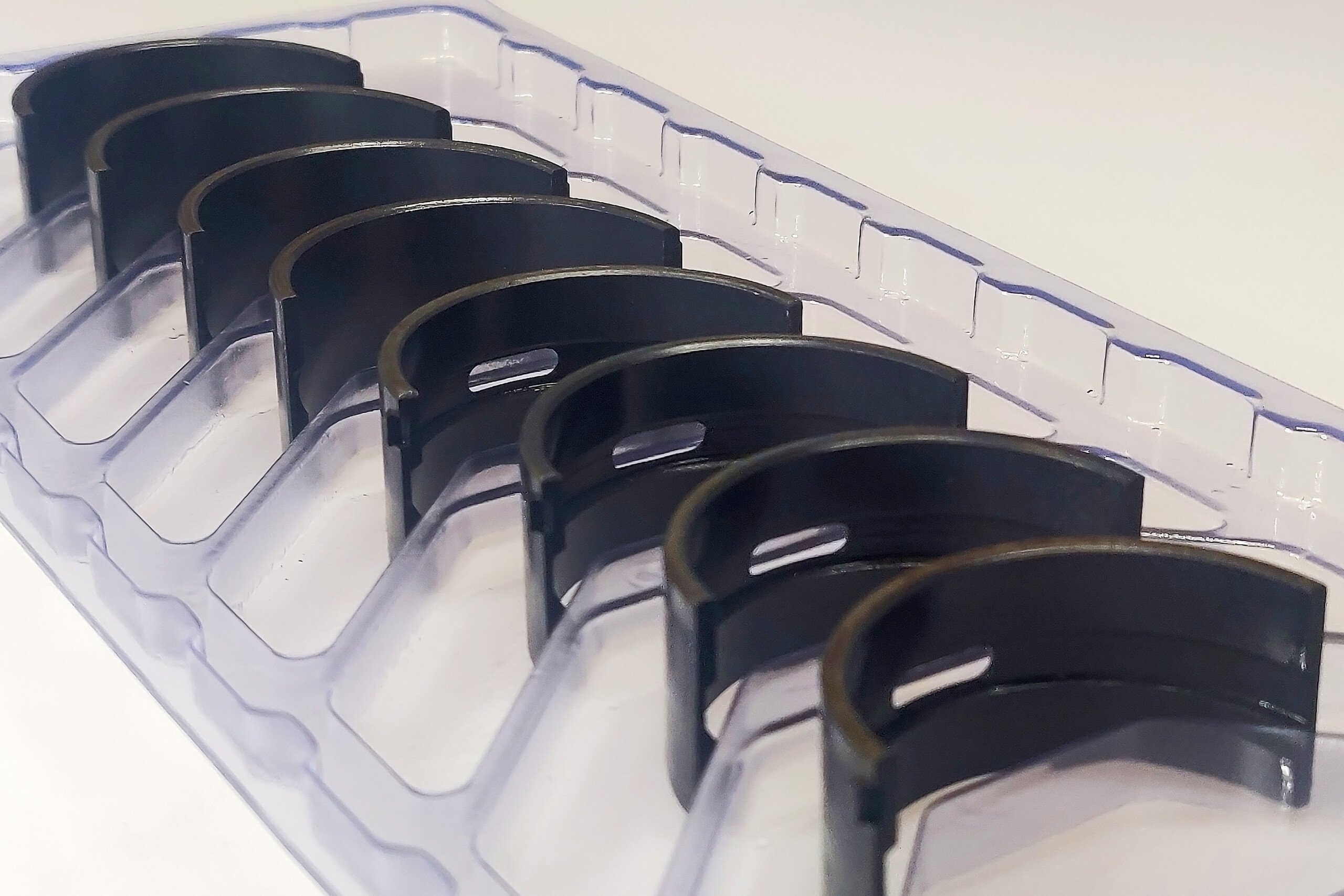Variable valve lift (VVL) and variable valve timing (VVT) are two of the most common dynamic valvetrain features found in modern commuter cars and even many of today’s performance cars. VVT has its roots in emissions control with some performance benefits and VVL was primarily designed for top end performance, but do you know how each system operates, what sets them apart and how they can further benefit an engine when combined?
Jason Fenske, a Mechanical Engineer and host of the YouTube channel Engineering Explained, and Charles Sanville, a Master Certified Volkswagen Technician and host of the channel Humble Mechanic, teamed up to present the facts about both variable valve lift and variable valve timing and their differences. While manufacturers have developed many different variations of VVL and VVT the end goal is still the same, and the 2.0-liter four-cylinder turbocharged engine used in the video above features the Audi Valvelift System (AVS).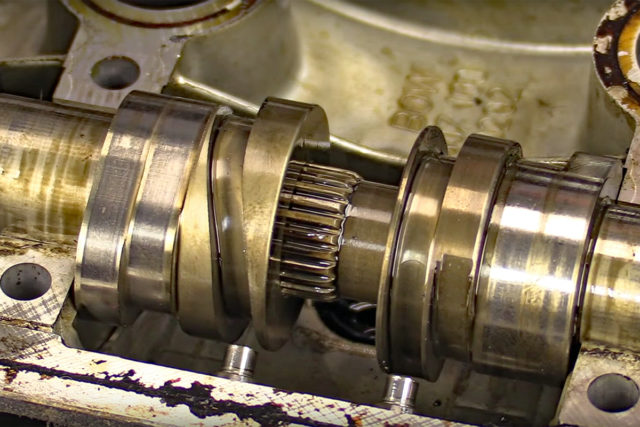
Variable Valve Lift (VVL)
In its simplest terms, AVS controls variable valve lift by alternating between at least two different cam profiles to increase performance. The body of the camshaft itself is splined while the lobes for each valve set are on an electromagnetic sleeve that slides horizontally using a set of solenoids activated usually by RPM.
By default, the engine always uses the lower lift lobe as its base cam profile for low speed operation. When the high lift solenoid is triggered, a pintle is extended into a channel on the sleeve that shifts over to the high lift lobe. While variable valve lift’s ability to change the physical peak lift of the valve is obvious, the duration can also be increased and the timing of the valve events can also be advanced or retarded depending on the lobe design and the application’s specific requirements. The only down side is that the activation point is the only setting that can be changed, these profiles are static and cannot be adjusted without changing the camshaft.
A drawing showing how AVS operates (left) and a cutaway of the camshaft and AVS system (right).
A turbocharger is just a method of making up for a lack of displacement by mechanically pumping more air into the engine per cycle than it can ingest naturally. For the 2.0-liter turbocharged Audi engine referenced in the video, only the exhaust side utilizes variable valve lift, but it can also have benefits on the intake side for other applications.
As the Audi engine increases speed and the turbocharger begins to spool, the cam sleeve will shift to the higher lift lobe to reduce back pressure and help feed the turbine housing by advancing the opening time of the exhaust valves, keeping it open longer and creating a larger area for that additional compressed air to escape past the valves and creating more power.
Valve lift with the camshaft in the low lift position (left) and additional lift created by the high lift profile (right).
Variable Valve Timing (VVT)
When variable valve timing is incorporated into a valvetrain system, usually a camshaft phaser is built into the sprocket to allow for the timing of the valve events to be mechanically advanced or retarded, usually based on oil pressure. Unlike variable valve lift, VVT does not change the physical lift or duration of the event and affects the timing of the valve events only.
Variable valve timing systems can be found on both the intake and exhaust camshafts and has either static targets based on engine RPM or continuously variable valve timing (CVVT) that allows the timing to be electronically controlled within a mechanically limited advance and retard range. The camshaft phaser has oil chambers with an internal vane that controls the amount of advance or retard depending on which side of the vane the oil is introduced.
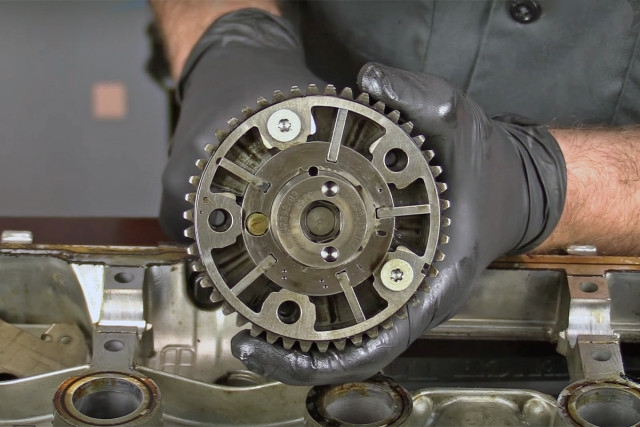
The internals of an intake camshaft phaser from an AVS equipped Audi 2.0-liter four-cylinder turbocharged engine.
The most common use of VVT on the intake side, including for the Audi engine used in the video, is to retard the intake valves so that they are still closing as the piston is coming up on the compression stroke to control cylinder temperature. Some of the air and fuel is pushed back out into the intake manifold to reduce the volume of combustable gasses in the cylinder, lowering the internal temperature and thus NOx emissions.
To see some of the benefits that can be had by using VVT and CVVT on the both the intake and exhaust camshafts on turbocharged applications, check out our previous article here.



